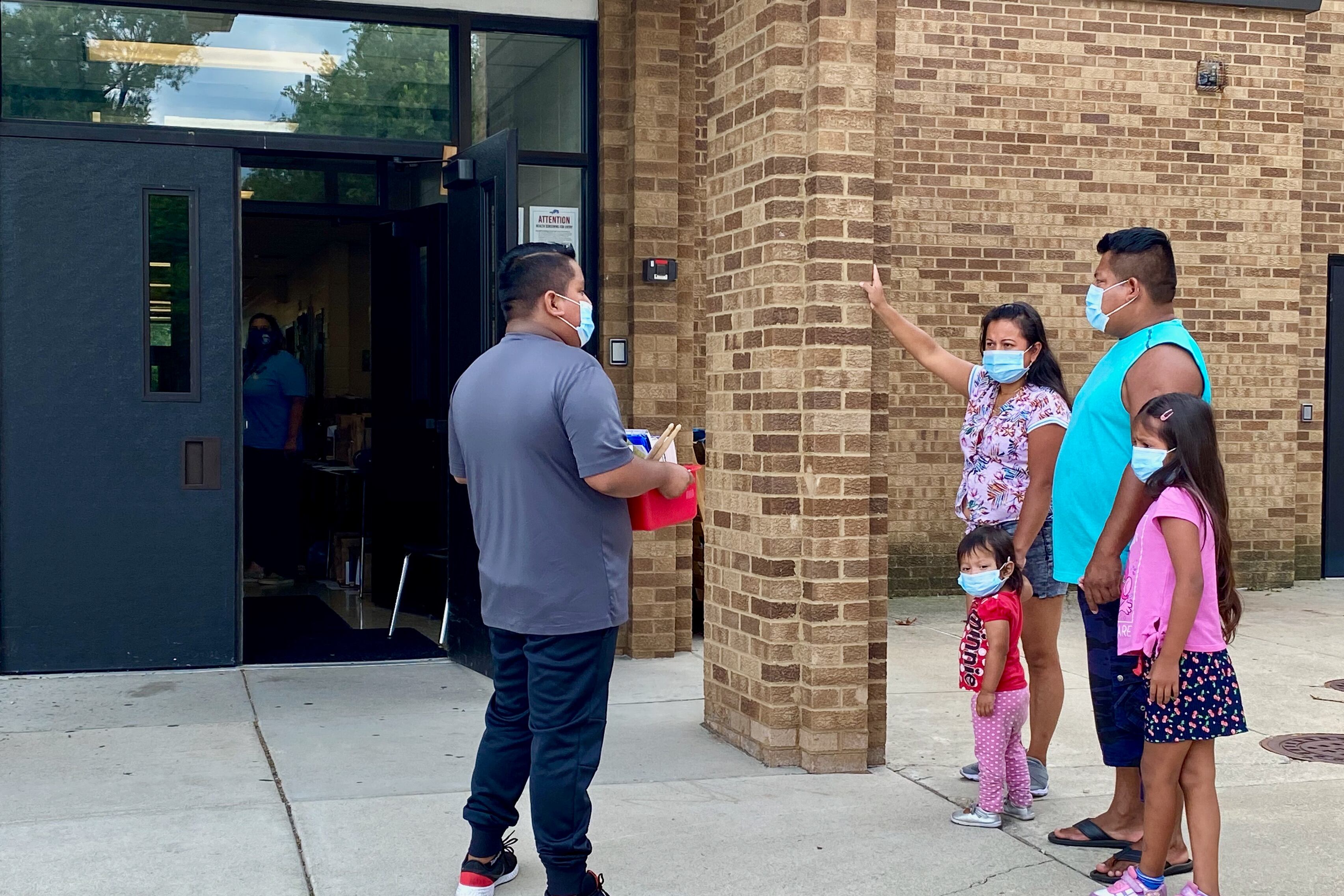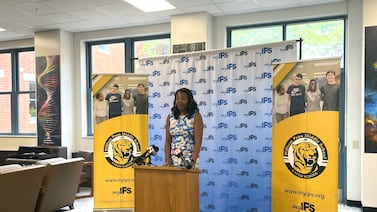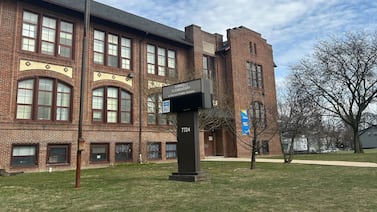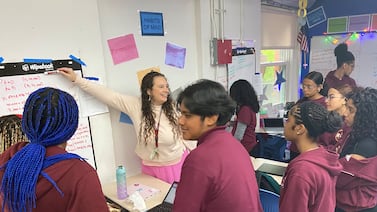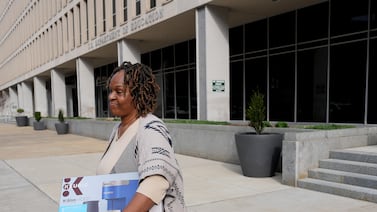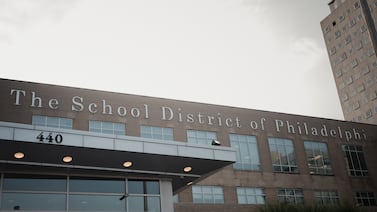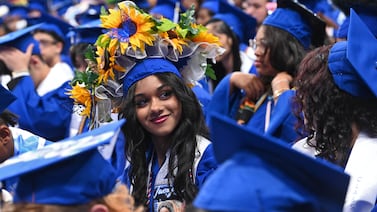Indianapolis Public Schools will take on over $5 million in debt to help pay for tech devices for e-learning during the pandemic.
The state’s largest district, which returned to school entirely virtually last week, is spending over $27 million to respond to the coronavirus, with the largest chunk going to laptops and tablets for all students and wireless hotspots for those without home internet, according to district officials. A significant portion of the coronavirus-related costs will be reimbursed by federal sources, but just how much funding the district will receive remains uncertain.
“We are absolutely thankful for the federal funding we’ve received and philanthropy that we’ve received,” Superintendent Aleesia Johnson said. “But we also know that there are some additional gaps that we need to cover in terms of the cost to go fully 1-to-1.”
The school board decided unanimously Thursday to issue over $5 million in bonds, which will help cover technology purchases since March.
The Federal Emergency Management Agency will reimburse the district about $4.4 million for expenses such as buying personal protective equipment, and the district also expects $11 million to $14 million in other federal coronavirus relief funding for schools. The district plans to pay for the remaining coronavirus-related costs with philanthropic funding and reserves.
The final cost “depends upon the degree and the duration of this COVID impact” on the economy and families “and how we choose to respond to that,” said IPS chief financial officer Weston Young.
IPS also faces uncertainty over just how much state funding it will receive this year. Indiana law provides less funding for students who attend school virtually. The district could lose out on as much as $28 million unless lawmakers change that policy, according to the district.
Johnson said she is hopeful that lawmakers will fully fund schools, and IPS has not begun planning for cuts. But, she said, “if we were to be funded at the 85% level, given the impact of a reduction, we would have no choice but to make significant and, quite frankly, severe cuts that would be really catastrophic.”
IPS could save some money by beginning the school year entirely online. But how much it saves hinges on whether it pays all staff members. When schools closed due to the coronavirus in March, IPS continued to pay hourly staff the same amount they would have if school was in session.
IPS is currently paying all employees, Johnson said. The human resources department is reviewing whether staff have enough work in their current roles, and if not, whether they can take on other responsibilities to support the district, she said.
Although the district has different staffing needs because students are studying remotely, when classrooms reopen it will need those support staff. Some skilled workers, such as bus drivers, are in high demand.
By far the largest coronavirus-related cost for the district was purchasing devices. IPS is spending $16.5 million on devices for students, about a third of which will be paid for with the bonds. That includes about 20,000 Chromebooks, 12,000 iPads, and 7,000 wireless hotspots.
The technology is essential for virtual instruction. When classrooms closed in the spring, IPS elementary and middle school students received paper assignments because the district did not know whether families had devices or internet access. IPS estimated as many as 40% of students did not have reliable broadband. The district repurposed devices from various parts of the school system to provide high school students with laptops. This year, IPS has pledged to provide every student a device.

